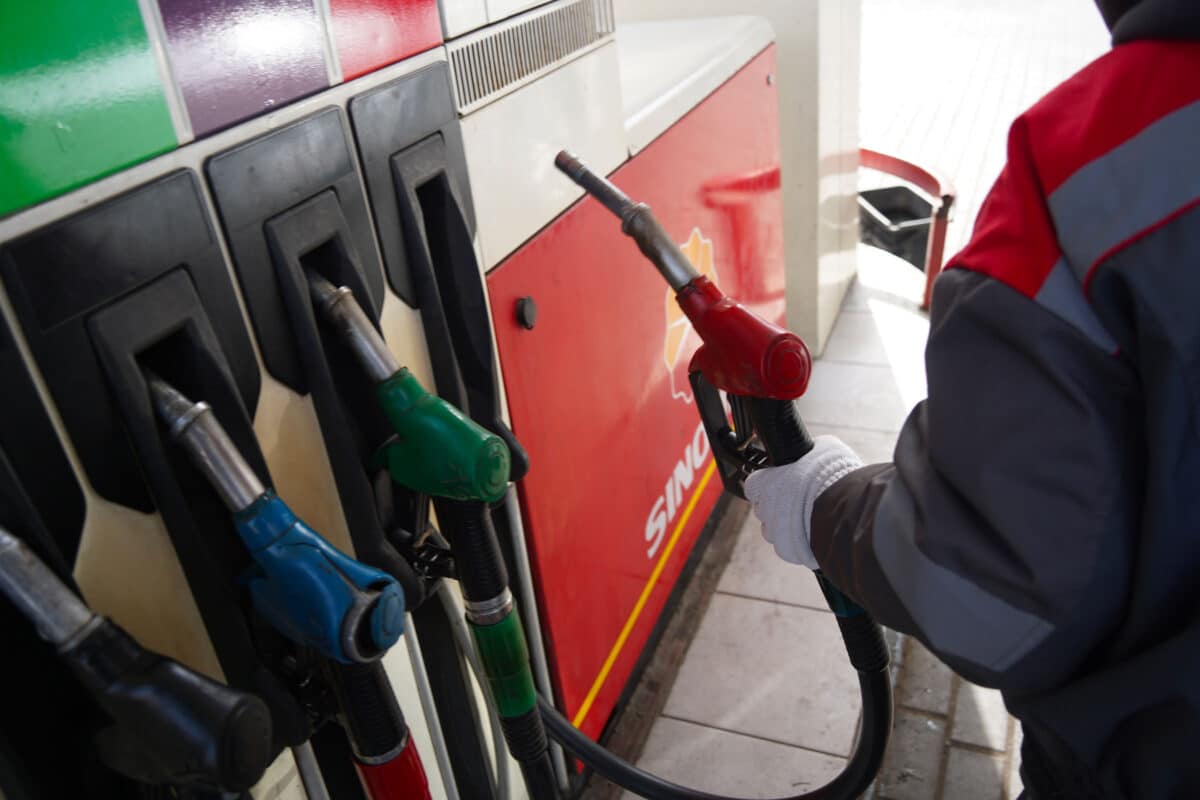In today’s fast-paced world, paying by card at the pump is the norm for many drivers. But while it seems simple, using a credit card for gas might sneak in some extra expenses that aren’t immediately obvious. As more people rely on credit cards to fill up their tanks, it’s worth taking a closer look at the unexpected fees and the legal details surrounding them (think of it like uncovering a hidden fee you never signed up for).
Convenience and cost of paying with credit cards
Credit cards have always been popular for their ease and perks, like bonus points or cash back on gas purchases. These rewards make them a hot choice for drivers looking to get the most out of every dollar at the pump. A YouGov survey even shows that most Americans prefer credit cards over debit cards when it comes to buying gas.
But here’s the catch: if you’re not careful, using your credit card can end up costing you more. Some gas stations charge extra per gallon for card transactions compared to cash payments. This pricing trick can take you by surprise and add unexpected costs to your fuel bill.
A real-life example: Pat Igo’s story
Pat Igo, from Palm Beach Gardens, Florida, has experienced these challenges firsthand. He found out that several local stations were jacking up prices for credit card purchases—and they often didn’t make this clear. His company, North County Cooling, runs 12 trucks and spends about $3,000 a month on fuel. When he saw a difference between the advertised street prices and what he actually paid at the pump, he decided to dig deeper.
Igo noticed that extra charges were hidden from view. He pointed out, “I noticed this little box at the bottom,” noting that many stations make it easy to miss these fees (which really raises red flags for consumers). His experience puts a spotlight on the need for clear communication about extra costs.
What the law says and some digging around
The rules about adding extra fees for credit card use change from state to state. In Florida, businesses are allowed to have these surcharges, provided they let customers know about them upfront. Still, not all gas stations make these price differences obvious.
Investigative journalist Dave Bohman found that some local stations were charging up to $1 more per gallon for credit card payments compared to cash. After his investigation, two stations lowered the extra fee to 90 cents per gallon—a sign that speaking up can lead to change (and might even make some businesses reconsider their practices).
Legal expert Thomas Patti mentioned that while surcharges are allowed if the fees are clearly disclosed, offering cash discounts or maintaining the same price for credit card transactions is perfectly fine under the law. The Florida Attorney General’s Office also stressed that any price differences should be clear for buyers.
What you can do and some advice
Seeing these practices, Pat Igo now steers clear from stations with high card fees and calls for laws that show exactly what you’ll be charged for using a credit card. “There should be a law showing what they’re going to charge you if you use a credit card,” he said, echoing a growing desire for clearer rules.
If you’re looking to save some bucks on gas, here are some tips:
- Use apps like GasBuddy to check prices at different spots.
- Pay with cash when you can to dodge those extra fees.
- Read the fine print at the pump.
- Consider using a debit card if it means avoiding extra charges.
- Avoid fueling up at rest stops or highway stations known for higher prices.
- Practice smart driving—like keeping your tires properly inflated and using cruise control on long trips.
With the average American spending around $2,449 on gas in 2023, knowing the ins and outs of payment options and hidden fees can really help manage your expenses at the pump. Staying informed and looking out for transparent pricing can help you make smarter choices every time you fill up.








